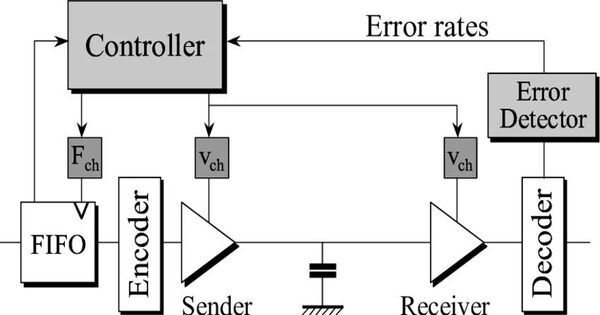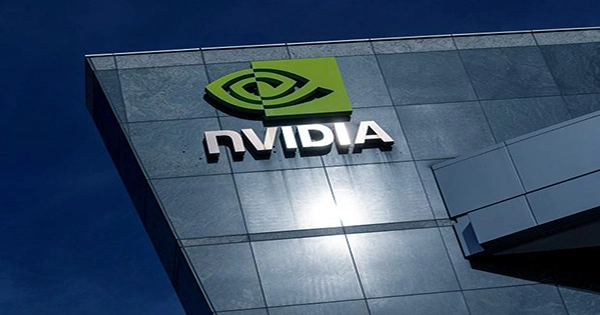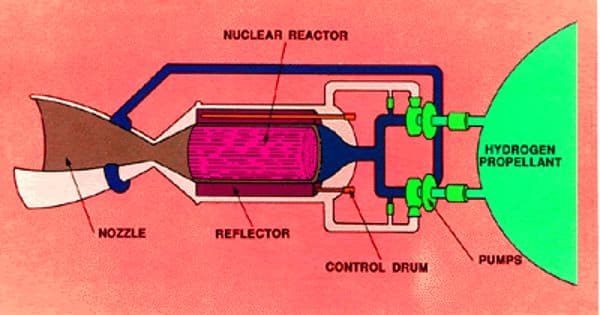Dynamic Voltage Scaling (DVS) is a technology used in current CPUs, particularly in low-power embedded systems, to dynamically modify the operating voltage and frequency of the CPU in response to workload requirements. In computer architecture, it is a power management strategy that increases or decreases the voltage used in a component based on the circumstances. The goal is to maximize performance while reducing power usage.
Overvolting is the term used to describe dynamic voltage scaling that increases voltage, while undervolting refers to dynamic voltage scaling that decreases voltage. Undervolting is used to preserve power, notably in laptops and other mobile devices when energy is restricted by a battery, or, in rare situations, to improve reliability. Overvolting is done to enable higher frequencies for performance. The term “overvolting” can also apply to boosting the static operating voltage of computer components in order to allow them to run faster (overclocking).
Here’s how it works:
- Voltage and Frequency Scaling: The CPU’s operating voltage and frequency are typically tightly linked. When the workload is high, the CPU requires more power to operate at a higher frequency. Conversely, when the workload is low, reducing the frequency can save power.
- Monitoring Workload: The system continuously monitors the workload and performance requirements. This can be done through various metrics such as CPU utilization, temperature, or performance counters.
- Dynamic Adjustment: Based on the workload monitoring, the system adjusts the CPU voltage and frequency accordingly. If the workload is light, the voltage and frequency can be lowered to save power. Conversely, if the workload increases, the voltage and frequency can be increased to maintain performance.
- Trade-offs: There is a trade-off between power consumption and performance. Lowering voltage and frequency can reduce power consumption but may result in lower performance, whereas increasing voltage and frequency can improve performance but at the expense of greater power consumption and heat generation.
- Algorithmic Control: Different algorithms are employed to control DVS. These algorithms frequently use predictive models or feedback control loops to anticipate workload changes and adjust voltage and frequency proactively.
DVS is especially significant in battery-powered and mobile devices, where power efficiency is critical to increasing battery life. It is also used in other systems where power consumption must be regulated, such as data centers, to optimize energy utilization.
















